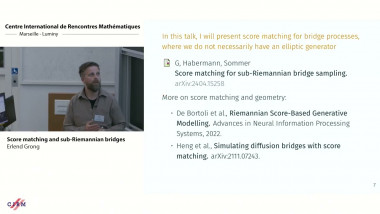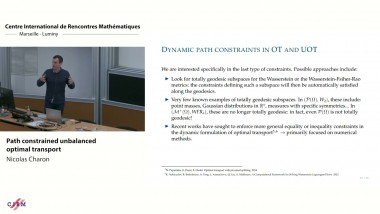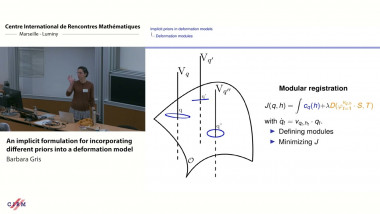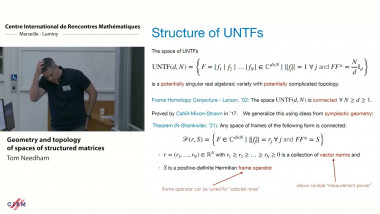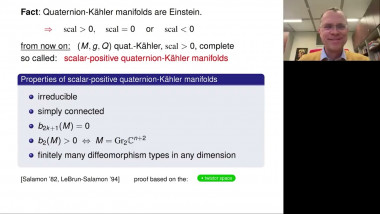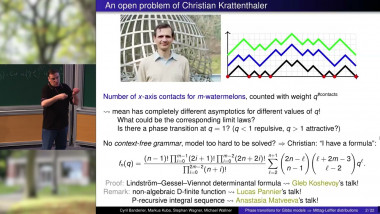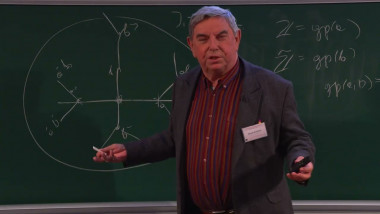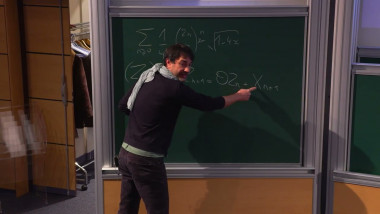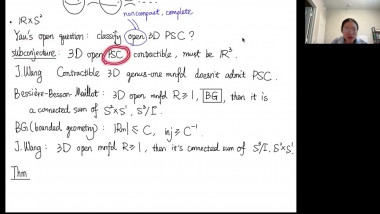Collection Geometric Sciences in Action: from geometric statistics to shape analysis / Les sciences géometriques en action: des statistiques géometriques à l'analyse de forme
Through the invariance under the action of transformations, geometry has been a driving force in many domains of physics over the last century. Over the last two decades, with the exponential increase of non-linear geometric data to analyse, there has been a growing need for invariance principles to drive their statistical analysis and modelling in new domains such as biomedical imaging. Several software libraries were developed in the last years to address the processing of geometric and topological data, showing that geometric sciences are actually very actively living. This conference aims at recognizing and exploring synergistic intersections among many domains involving geometric sciences and their applications. Shape spaces naturally arise by considering classes of objects as points in an abstract global space. The objects themselves may be smooth but highly folded geometric shapes (like the surface of the brain), tree-like shapes (like vascular trees), or even graphs (like in brain connectomics). One can then consider equivalence classes of objects by the action of a group on the embedding space or by a change of parametrization, for instance for curves and surfaces. This inevitably lead to non-linear spaces. Understanding the possible structures of the associated shape space is an actual challenging issue: designing and investigating Riemannian metrics has drawn the attention of an increasing part of the community in the last years. This often involves infinite dimensional differential geometry. Considering the natural stratification structure appearing in quotient spaces is also important, which raises the interest for metric and Riemannian stratified structures. Modelling the variability in populations of shapes naturally lead to develop the statistical theory of objects living on geometric spaces. Typical examples include the statistical modelling of organ shapes and deformations resulting from image segmentation and registration in population of subjects. Geometric statistics methods have focused so far on the use of distances, shortest paths and geodesics in smooth Riemannian manifolds. Understanding how to generalize these methods to stratified quotient spaces is a new challenge. In order to obtain observation probabilities, it is also natural to consider stochastic paths on manifolds instead of a single shortest geodesic path. These new stochastic models should benefit from synergies with stochastic geometric mechanics and stochastic processes on manifolds.
Organizer(s) Bauer, Martin ; Buet, Blanche ; Le Brigant, Alice ; Pennec, Xavier ; Sommer, Stefan
Date(s) 27/05/2024 - 31/05/2024
linked URL https://conferences.cirm-math.fr/2974.html












